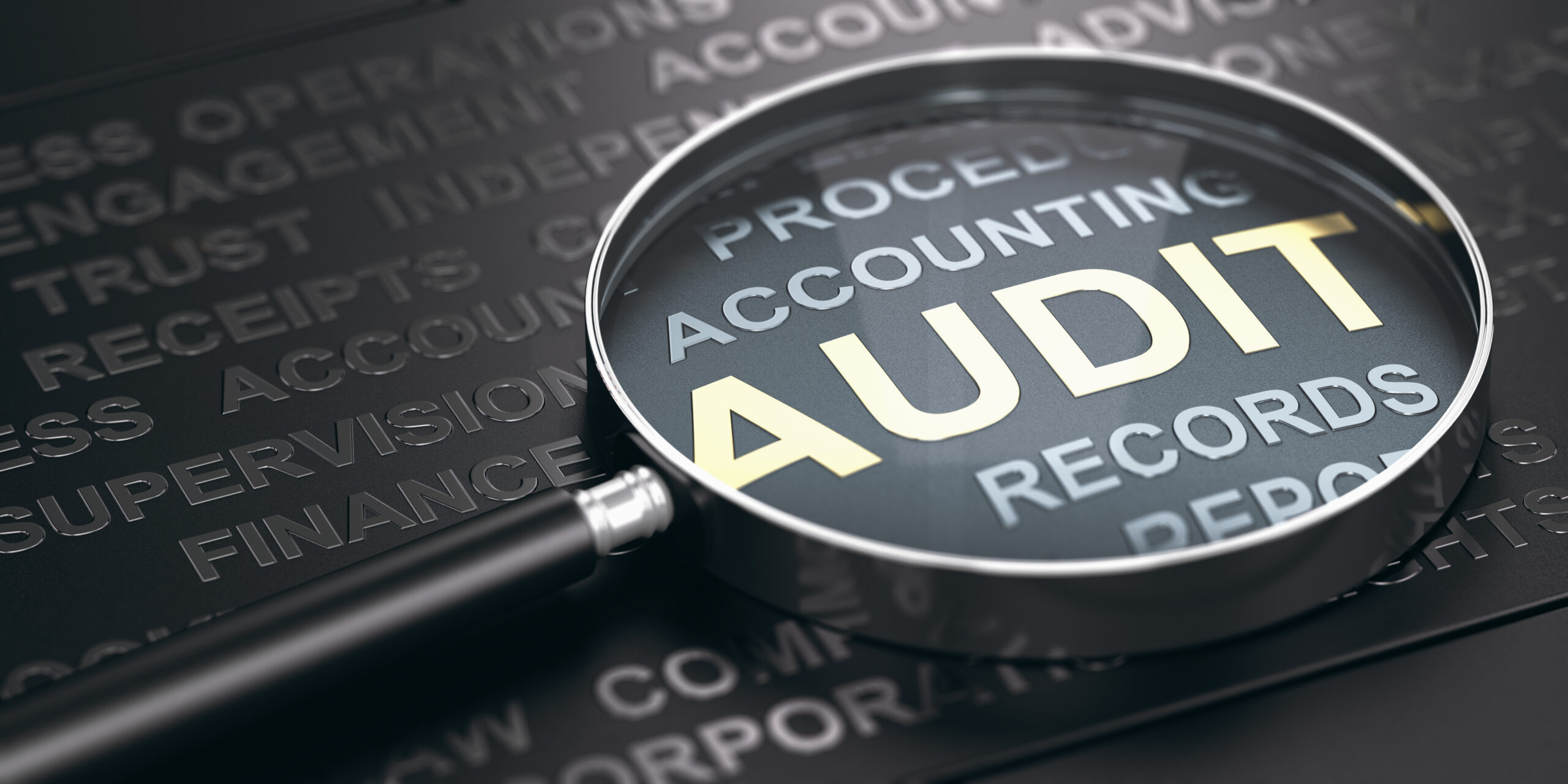In today's data-driven business landscape, organizations rely heavily on analytics to make critical decisions, optimize operations…
Audit and Assurance Insurance: Essential Protection for Accounting Professionals
Introduction
In today's complex financial landscape, audit and assurance professionals face unprecedented risks and regulatory scrutiny. Whether you're a sole practitioner or part of a large accounting firm, the potential for professional liability claims has never been higher. Audit and Assurance Insurance provides the critical protection needed to safeguard your practice against the financial devastation that can result from professional negligence claims, regulatory investigations, and client disputes.
What is Audit and Assurance Insurance?
Audit and Assurance Insurance is a specialized form of professional indemnity insurance designed specifically for accounting professionals who provide audit, review, compilation, and assurance services. This coverage goes beyond standard professional indemnity insurance by addressing the unique risks faced by auditors and assurance practitioners.
The insurance covers legal costs, damages, and settlements arising from claims of professional negligence, errors, omissions, or breaches of professional duty in the provision of audit and assurance services. It's designed to protect both individual practitioners and firms from the potentially catastrophic financial consequences of professional liability claims.
Key Coverage Areas
Professional Negligence Claims
Protection against allegations of substandard work, failure to detect fraud or material misstatements, inadequate audit procedures, or failure to comply with auditing standards.
Regulatory Defense Costs
Coverage for legal expenses incurred in defending against investigations by professional bodies such as the Financial Reporting Council (FRC), Institute of Chartered Accountants, or other regulatory authorities.
Client Relationship Issues
Protection against claims arising from disputes over audit opinions, disagreements about accounting treatments, or conflicts over professional recommendations.
Data Protection and Confidentiality
Coverage for breaches of client confidentiality, data protection violations, or unauthorized disclosure of sensitive financial information.
Fraud and Dishonesty
Protection against claims alleging failure to detect fraud, money laundering, or other financial irregularities during audit procedures.
Industry-Specific Risks
Small and Medium Practices
Smaller audit firms face unique challenges including limited resources for quality control, higher client concentration risk, and potential gaps in technical expertise across all audit areas.
Large Accounting Firms
Larger firms deal with complex multinational audits, higher-value claims, regulatory scrutiny, and the challenge of maintaining consistent quality across multiple offices and jurisdictions.
Specialized Sectors
Auditors working in specialized sectors such as financial services, healthcare, or public sector face additional regulatory requirements and sector-specific risks that require tailored coverage.
Common Claim Scenarios
Audit Failure Claims
Claims arising from alleged failure to detect material misstatements, fraud, or going concern issues that subsequently result in client or third-party losses.
Regulatory Sanctions
Investigations and sanctions by professional bodies for alleged breaches of auditing standards, independence requirements, or ethical guidelines.
Third-Party Claims
Claims from investors, lenders, or other stakeholders who relied on audit opinions and subsequently suffered financial losses.
Technology and Cyber Risks
Claims related to data breaches, cyber attacks on client information, or failures in audit technology systems.
Benefits of Comprehensive Coverage
Financial Protection
Covers legal costs, damages, and settlements that could otherwise bankrupt a practice or severely impact its financial stability.
Reputation Management
Provides access to crisis management and public relations support to help protect your professional reputation during claim situations.
Regulatory Support
Offers specialized legal representation for regulatory investigations and disciplinary proceedings.
Business Continuity
Enables practices to continue operating during claim situations without the distraction and financial burden of uninsured losses.
Client Confidence
Demonstrates professional responsibility and provides clients with confidence in your ability to handle their audit requirements.
Factors Affecting Premium Costs
Practice Size and Revenue
Larger practices with higher revenues typically face higher premiums due to increased exposure and claim potential.
Client Portfolio
The size, complexity, and risk profile of your client base significantly impacts premium calculations.
Claims History
Previous claims or regulatory issues will affect premium costs and coverage terms.
Quality Control Measures
Robust quality control procedures, continuing professional development, and risk management practices can help reduce premiums.
Coverage Limits
Higher indemnity limits result in higher premiums but provide greater protection against large claims.
Choosing the Right Coverage
Adequate Indemnity Limits
Ensure coverage limits are sufficient to handle potential claims based on your client portfolio and practice size.
Retroactive Coverage
Consider coverage that includes retroactive protection for work performed before the policy inception date.
Extended Reporting Period
Ensure the policy includes an extended reporting period to cover claims made after policy expiration for work performed during the policy period.
Regulatory Defense Costs
Verify that regulatory defense costs are covered in addition to, rather than as part of, the main indemnity limit.
Cyber and Technology Coverage
Ensure the policy addresses modern risks including cyber liability and technology-related claims.
Risk Management Best Practices
Quality Control Systems
Implement robust quality control procedures including file reviews, technical consultations, and independence monitoring.
Continuing Professional Development
Maintain current technical knowledge through regular training and professional development programs.
Client Acceptance Procedures
Develop thorough client acceptance and continuance procedures to identify and avoid high-risk engagements.
Documentation Standards
Maintain comprehensive audit documentation that clearly demonstrates compliance with professional standards.
Independence Monitoring
Implement systems to monitor and maintain independence requirements throughout audit engagements.
Regulatory Compliance Considerations
FRC Requirements
Ensure compliance with Financial Reporting Council requirements for audit quality and professional standards.
Professional Body Standards
Maintain compliance with relevant professional body requirements including continuing professional development and ethical standards.
International Standards
For firms conducting international work, ensure compliance with International Standards on Auditing and local regulatory requirements.
Anti-Money Laundering
Implement robust anti-money laundering procedures and ensure staff training on suspicious activity reporting.
The Claims Process
Immediate Notification
Contact your insurer immediately upon becoming aware of any potential claim or circumstance that could give rise to a claim.
Documentation Preservation
Preserve all relevant documentation and avoid any actions that could prejudice the insurer's position.
Legal Representation
Work with insurer-appointed legal counsel who specialize in professional indemnity claims for audit professionals.
Settlement Considerations
Participate in settlement discussions while ensuring any settlement terms protect your professional reputation and future practice.
Future Considerations
Evolving Standards
Stay informed about changes in auditing standards, regulatory requirements, and professional expectations that may affect coverage needs.
Technology Integration
Consider how new audit technologies and data analytics tools may create new risks requiring insurance coverage.
Climate Risk Auditing
Prepare for emerging risks related to climate change reporting and sustainability auditing requirements.
Regulatory Changes
Monitor regulatory developments that may impact audit requirements and associated professional liability risks.
Conclusion
Audit and Assurance Insurance is not just a regulatory requirement or professional necessity—it's a fundamental business protection that enables audit professionals to practice with confidence. The complex nature of modern auditing, combined with increasing regulatory scrutiny and client expectations, makes comprehensive professional indemnity coverage essential for any practice providing audit and assurance services.
By understanding the risks, choosing appropriate coverage, and implementing robust risk management practices, audit professionals can protect their practices while maintaining the highest standards of professional service. The investment in comprehensive Audit and Assurance Insurance is ultimately an investment in the long-term viability and success of your practice.


 0330 127 2333
0330 127 2333
























